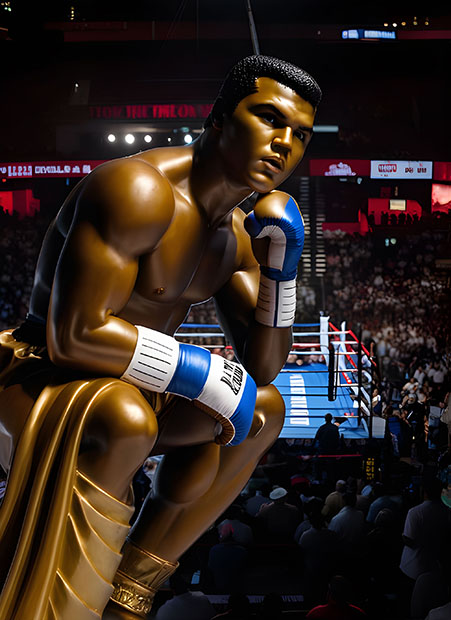Steve Jobs transformed the technology industry through his relentless pursuit of elegant simplicity in design and function. Born in San Francisco and adopted shortly after birth, he grew up in Silicon Valley where he developed an early interest in electronics, working at Hewlett-Packard as a teenager where he met future Apple co-founder Steve Wozniak.
After dropping out of Reed College, Jobs and Wozniak launched Apple Computer from Jobs’ family garage in 1976. Their first product, the Apple I, earned them $774,000, and the Apple II’s success helped revolutionize personal computing. However, a power struggle led to Jobs’ departure in 1985, beginning a pivotal period of personal and professional growth.
During his wilderness years, Jobs founded NeXT Computer and acquired Pixar from George Lucas for $10 million. While NeXT struggled commercially, its advanced operating system would later become the foundation for Apple’s macOS. Meanwhile, Pixar evolved from a hardware company into an animation powerhouse, creating groundbreaking films like Toy Story before being sold to Disney in 2006 for $7.4 billion.
Jobs returned to Apple in 1997 when the company acquired NeXT for $429 million. As CEO, he led Apple through an extraordinary renaissance, introducing revolutionary products like the iMac, iPod, iPhone, and iPad. His focus on the intersection of technology and liberal arts, combined with an obsession for simplicity and user experience, helped transform Apple into one of the world’s most valuable companies.
Steve Jobs’ Statue
The statue captures Jobs in his iconic pose, rendered in sleek brushed aluminum that mirrors his products’ minimalist aesthetic. Set against a modernist backdrop with clean geometric lines, the piece shows him in his characteristic black turtleneck and jeans, hand thoughtfully placed at his chin. The highly polished surface creates dramatic reflections that emphasize both the technological and artistic aspects of his vision, while the stark simplicity of the design embodies his famous philosophy that “simplicity is the ultimate sophistication.” His focused expression and forward-leaning posture suggest both the visionary and the relentless perfectionist who transformed multiple industries through his pursuit of excellence.
More Thinkers to Explore

Muhammad Ali

Maya Lin

John Lennon

